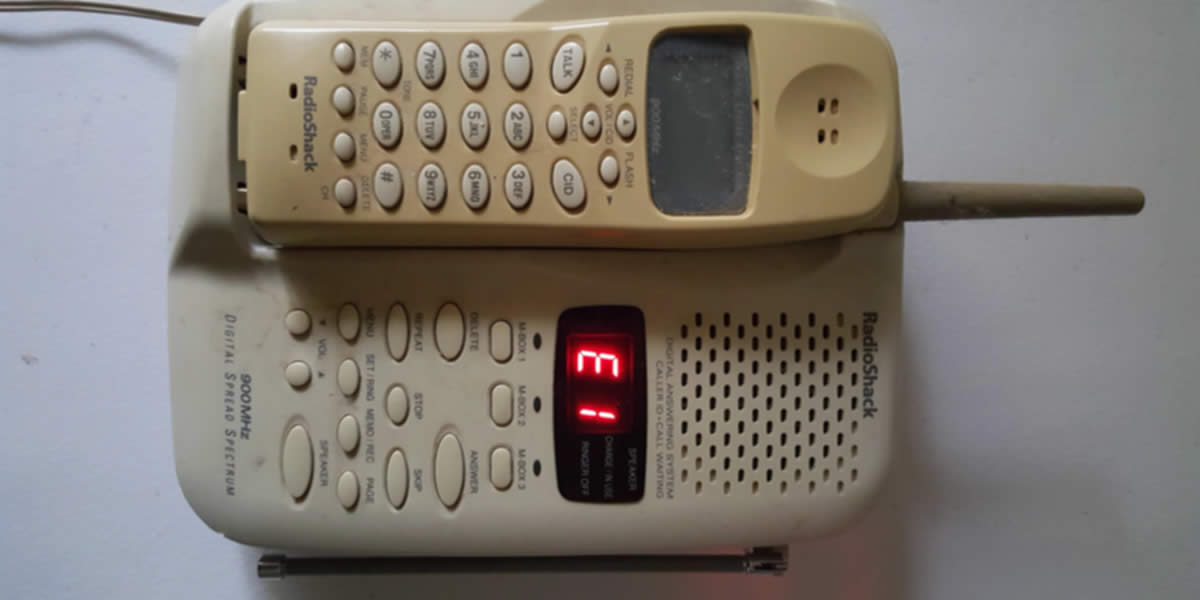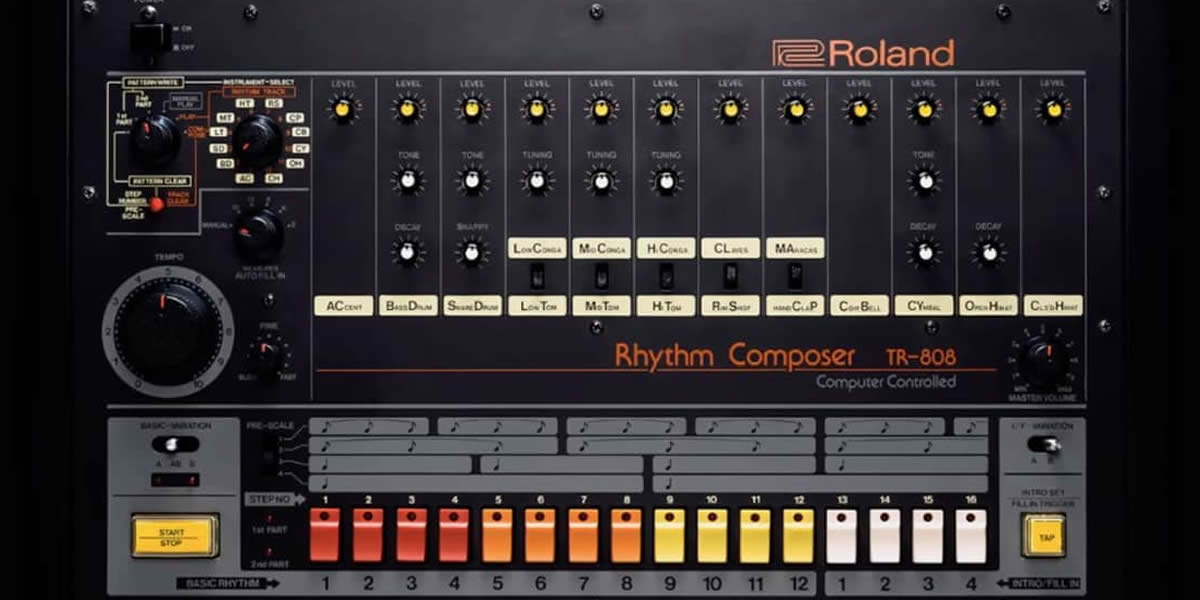Had it not been for the popularity of cordless phones which changed communications in the 80s, we would not have the smart phones of today.
Although developed back in the 1970s, it was in 1982 that the popularity of cordless phones skyrocketed. In fact, according to the New York Times, only 50,000 cordless phones were sold in 1980. But 1 million were sold in 1982. This made the cordless phone one of the most transformative inventions of the 80s. The cordless phone truly changed communications in the 80s and today. After all, before the arrival of the cordless phone, people were tethered to the walls with cords. This limited their mobility and convenience. Cordless phones gave people a sense of freedom. And, they allowed people to move around their homes whenever they reached out to touch someone.
How Communication in the 80s Lost the Phone Cord
The 1980s were full of technological advancements that were driven by consumerism. People had more disposable income, and they spent it on things that made their lives easier, simpler, and more advanced. Many homes at the start of the 80s, had a traditional phone with either a rotary dial or button pad. These earlier phones had a limited length of cord. And, although you could buy a longer cord, you are still tethered to the wall. In fact, you could purchase phone line extenders from places like RadioShack and Circuit City.
But, there is a demand for flexibility, and a desire to have more modern conveniences in and around the home. The first cordless phones that were available back in the 70s were quite expensive. But, with the rise of consumerism, the cost of manufacturing the electronics inside of a cordless phone got much cheaper. As a result, by 1982 more than 1 million cordless phones were sold across the country. And, by the mid-1980s having a cordless phone was considered by many to be a status symbol.

The Realization of Cordless Phones in the 80s
The popularity of cordless phones in communications in the 80s, had both its pros and cons. For starters, the cordless phone would never have been created if it weren’t for improved battery life and reduced manufacturing costs. But, there were also privacy concerns associated with their use.
Improved Battery Life
The early Carlos phones had a very limited and poor range. They were big, bulky, and had a very short battery life as well. But many advancements in technology during the 80s improved their usability. During the first couple of years of the decade, technology allowed them to be used further away from the base station. This allowed homeowners and their family members to wonder about the home without having to worry about calls being dropped. The battery life was also improved, which allowed for longer conversations without the need of recharging. These enhancements help to make the cordless phone a more convenient option in most homes.
When compared to their wired counterparts, cordless phones allowed people to walk from room to room, and even outside. Sure, with longer cord extensions you can wander around your home, but eventually that cord is going to run out. It was very difficult to sit on the porch while you were talking on the phone. Cordless phones changed communications in the 80s and forever, by making it more convenient to call someone from anywhere in and around the home.

Increased Affordability of Communications in the 80s
Sure, in the early 80s cordless phones were expensive, but as the years passed the cost of manufacturing decreased substantially. As is the case with any electronic device of the 80s, the cost of the needed components dropped dramatically during the first 2 to 3 years of the decade. As the cost of the components dropped, so too did the cost of the cordless phone. And, by the mid-1980s, many households had cordless phones. With the help of companies like AT&T, and Panasonic, cordless phones were available in almost every household across the country. These 2 manufacturing and communications giants offered a wide array of models that catered to various needs and budgets.
Privacy Concerns
Nevertheless, despite the popularity of cordless phones and communication in the 80s, there were also certain drawbacks. The biggest of these drawbacks were privacy and security concerns. After all, cordless phones operated on radio frequencies which made it possible for neighbors to listen in with a simple scanner. Although it was possible that they could listen in with their own cordless phones, readily available scanners from RadioShack were capable of picking up the cordless phone frequencies.
This naturally, raised concerns about the confidentiality of private discussions. By the late 80s, manufacturers began to introduce encryption systems and spreadspectrum technology. Encryption systems encrypted the call between the handset and the base, whereas spread-spectrum shifted the frequency throughout the call to make it more difficult to listen in with a scanner.

The Widespread Adoption of Cordless Phones within Communications in the 80s
The very first cordless phone was developed back in the 1960s by George Sweigert. But his design did not become very popular due to the cost of production, and the very short range in which his initial devices could function. Even in the 1970s, the cost of cordless phones was just way too expensive.
It wasn’t until the end of the oil crisis, and the boom of 80s consumerism that cordless phones finally became affordable. Major companies like AT&T, Panasonic, and VTEC, were instrumental in creating some of the most affordable and reliable models available to the mass market. These companies not only drove the evolution of the cordless phone, but they helped to make it one of the most iconic forms of communications in the 80s.
How Communications in the 80s Paved the Way for Cell Phones
The introduction of cordless phones had a major impact on the way that people communicated in the 80s and far beyond. Cordless phones allowed people to communicate with friends and family from anywhere in their home, and even around the home. As cordless phone technology improved, it was possible to wander around your entire backyard while still talking on the phone. It was cordless phones that helped to improve the popularity of cellular phones. After all, people wanted to be more mobile, they wanted to be more flexible, and they wanted to be able to continue to communicate far away from the base station.
As such, cordless phones were one of the first major steps towards a world where everyone uses wireless communications on a daily basis. The initial cordless phones set into motion, a demand for portability, convenience, and the ability to room while talking. We wouldn’t have the mobile phones we had during the 90s and 2000s if it weren’t for the cordless phones of the 80s. Naturally, we also wouldn’t have the smartphones we have today.
Conclusion
In the end, cordless phones were a defining technological innovation of the 80s. They transform the way that people communicated at home, and set the stage for mobile communications globally. By offering convenience, mobility, and accessibility, they revolutionized communication in the 80s. And, if it weren’t for the improvements in battery life and range, we wouldn’t have had the demand for cell phones in the late 90s and early 2000s. In fact, all of the mobile communications that we take for granted today would not have been possible if it weren’t for the popularity of cordless phones in the 80s.





